Common mistakes to avoid when using PVC edgebanding: Tips for a flawless finish
Using PVC edgebanding is a fantastic choice for achieving a clean, polished look in your woodworking projects. Whether you’re working on cabinets, furniture, or other applications, using PVC edge banding can elevate your work to a professional level. However, it’s easy to make mistakes along the way. In this article, we’ll discuss some common pitfalls and share helpful tips to help you achieve impeccable results.

1. Neglecting Surface Preparation
Mistake:
One of the biggest missteps is not properly preparing the surface before applying PVC edge banding. If the surface isn’t clean or smooth, the edge banding may not adhere well, leading to peeling or an uneven finish.
Tip:
Take the time to ensure your surface is clean, dry, and free from dust and grease. A quick wipe with a damp cloth can do wonders, but make sure it’s completely dry before you start. If necessary, sand the edges lightly to create a smooth surface. This preparation is key to achieving a strong bond and a flawless finish.
2. Incorrect Material Selection
Mistake:
Choosing the wrong PVC edge banding in terms of thickness or color can really impact the final appearance of your project. An ill-fitting band can create awkward edges and a less polished look.
Tip:
Match the thickness of the edge banding to the thickness of your panels for a seamless fit. This ensures everything sits flush and looks professional. Also, be mindful of color and finish—select shades that complement or contrast your project according to your design vision. The right choice here can elevate the overall aesthetic.
3. Inadequate Edge Banding Adhesive
Mistake:
Using the wrong adhesive or applying it unevenly can lead to issues over time. Insufficient adhesion may cause the edge banding to lift, while excess glue can create a messy finish.
Tip:
Opt for a high-quality adhesive specifically designed for PVC edge banding. Apply it evenly to both the edge banding and the substrate, ensuring good coverage without excess glue squeezing out. A solid bond will help your edge banding stay put for the long haul.

4. Ignoring Edgebanding Width
Mistake:
Overlooking the width of your PVC edge banding can lead to an uneven or awkward look, especially if it doesn’t cover the panel edge properly. This can detract from the overall design.
Tip:
Choose the width of the edge banding with care, considering both the thickness of the panel and your design preferences. Make sure it provides enough coverage for a balanced, visually appealing result. The right width can really enhance the look of your project.
5. Rushing the Application Process
Mistake:
Hurrying through the application can result in misalignment, uneven edges, and trapped air bubbles under the banding, all of which can ruin your hard work.
Tip:
Take your time during the application process. Carefully align the edge banding before pressing it down, and use a roller to apply even pressure. This will help eliminate air bubbles and ensure a strong bond. Working slowly and methodically will pay off in the end with a flawless finish.
Using PVC edgebanding Conclusion
Using PVC edge banding can be a rewarding experience when done right. By avoiding these common mistakes and following best practices, you’ll achieve a finish that enhances the quality and appearance of your woodworking projects. Remember, patience, attention to detail, and proper preparation are essential for a successful installation.
By keeping these tips in mind and refining your technique, you’ll be well on your way to creating stunning, professional-quality furniture and cabinetry. With practice and care, your projects will reflect the high standards of craftsmanship you aim for, impressing everyone who sees them. Happy woodworking!







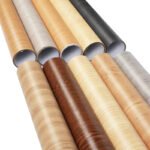
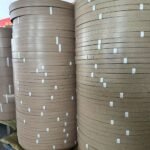

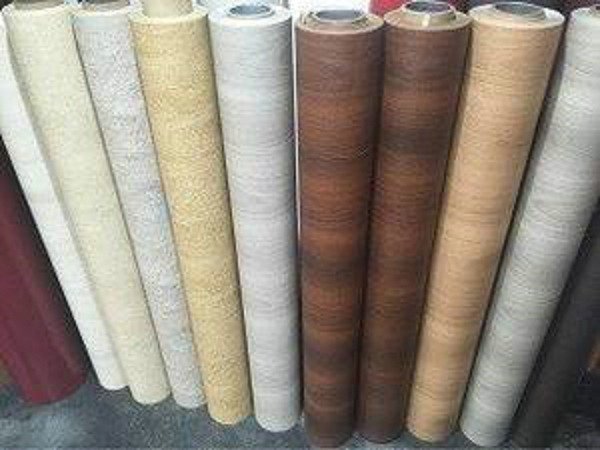

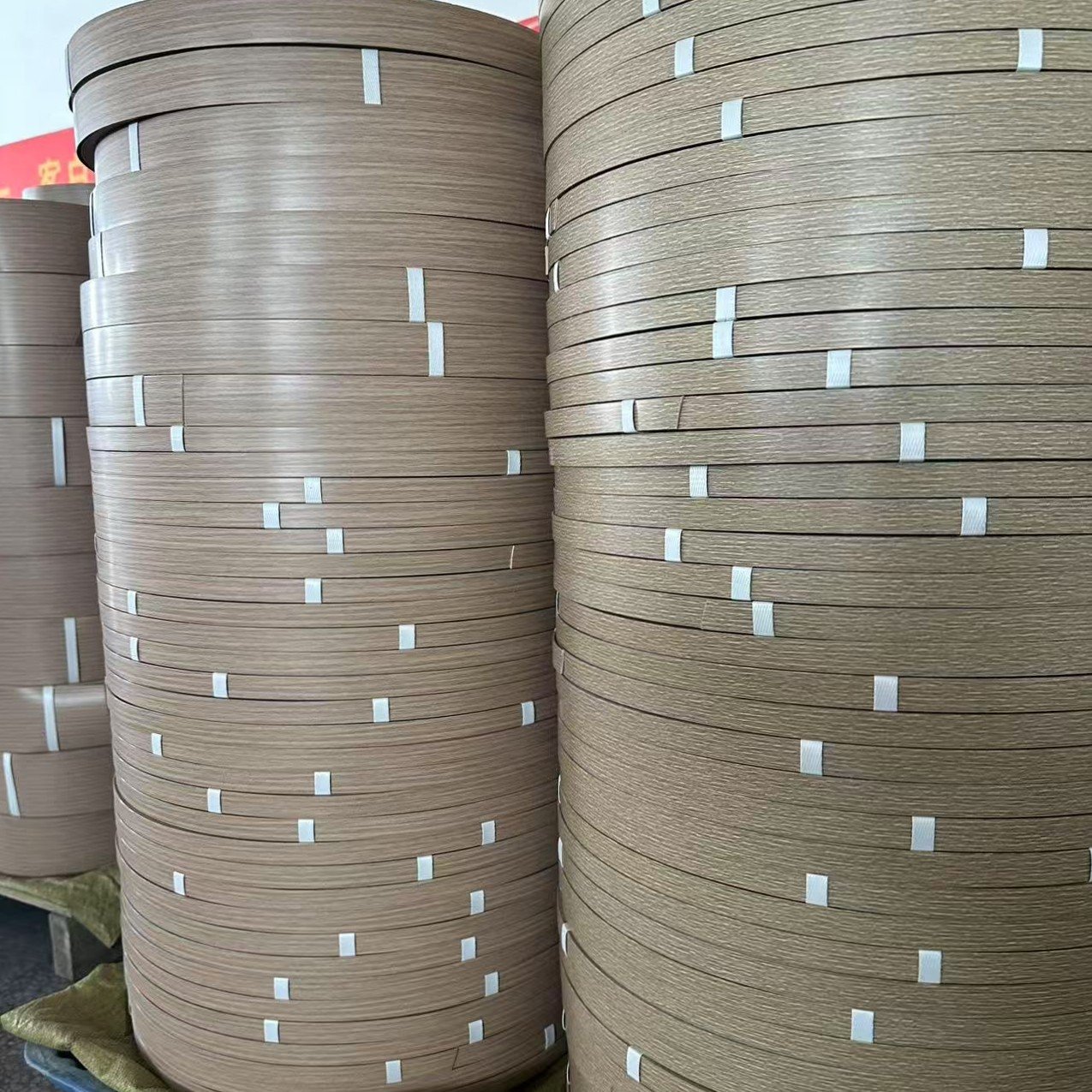

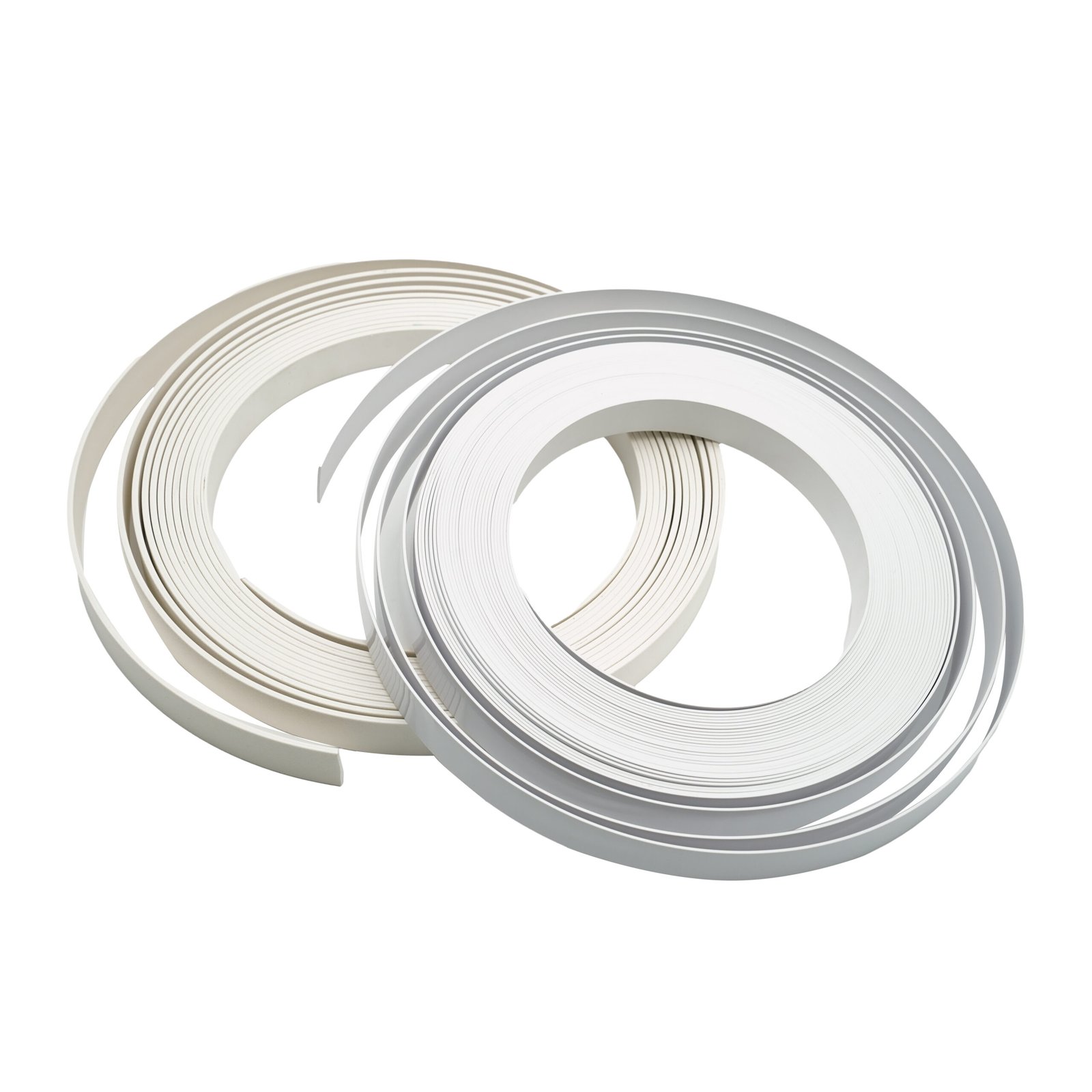




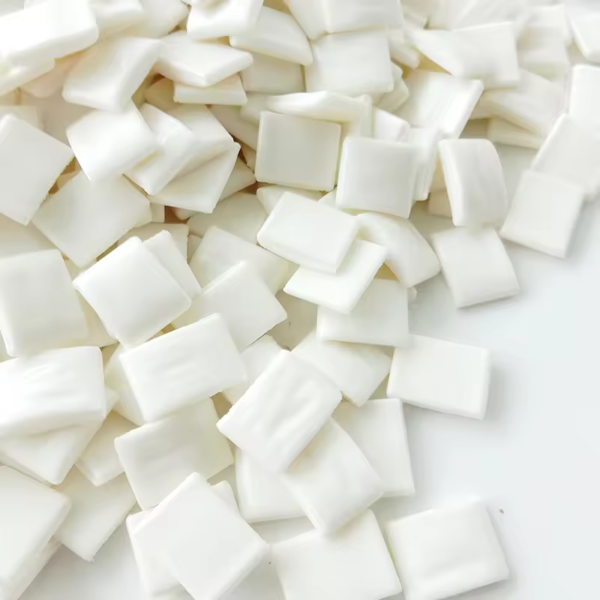

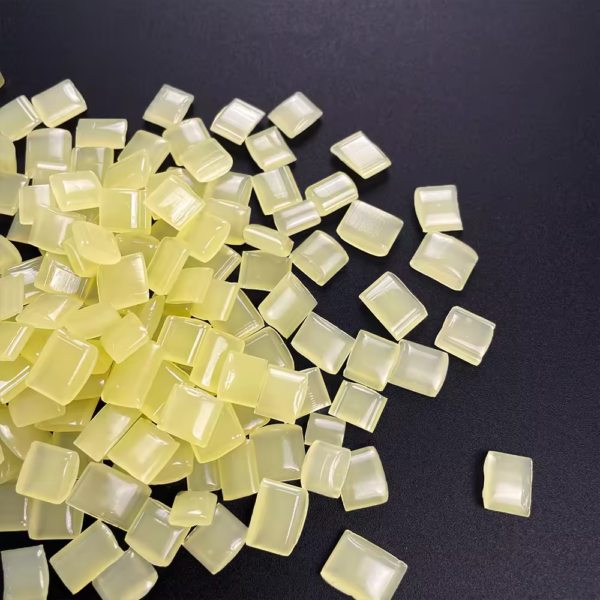




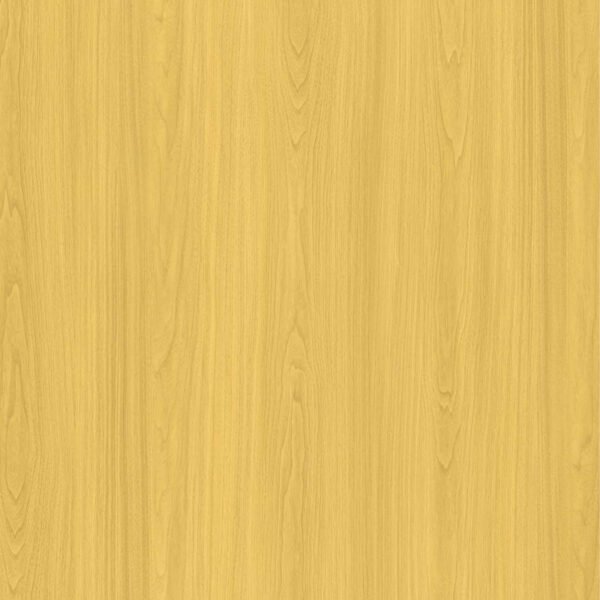


Leave a Reply